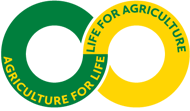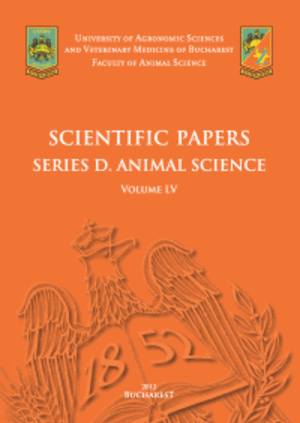Published in Scientific Papers. Series "Management, Economic Engineering in Agriculture and rural development", Vol. 24 ISSUE 4
Written by Raluca-Aniela GHEORGHE-IRIMIA, Dana TĂPĂLOAGĂ, Cosmin ȘONEA, Paul-Rodian TĂPĂLOAGĂ, Silviu-Ionuț BEIA, Makki Khalaf Hussein AL DULAIMI, Alexandru USTUROI, Violeta Elena BEIA
The study analyses and forecasts organic egg production in Romania and the European Union (EU) from 2014 to 2030, emphasizing significant variations in scale, growth patterns, and market maturity. Data from EUROSTAT (2014–2022) were analyzed utilizing Excel forecasting tools, employing performance metrics including SMAPE, MASE, and RMSE to evaluate model accuracy. In this regard, the EU exhibited consistent growth, with egg production increasing to 4.7 billion by 2022 and anticipated to reach 7.25 billion by 2030. In contrast, Romania's production, although smaller in scale, experienced significant growth of over 250% during the same period and is projected to reach 85 million eggs by 2030. The findings highlight Romania's developing role in the organic sector, the variability of trends, and the potential for targeted interventions to improve its market position.
[Read full article] [Citation]

 Next Issue will be published according the the calendar.
Next Issue will be published according the the calendar.



